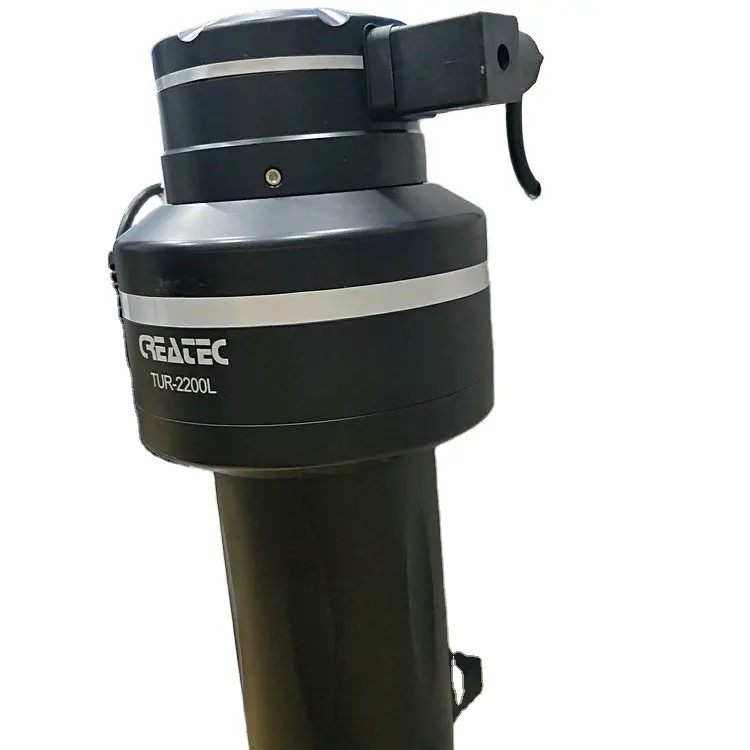“Clarity in every drop – measuring turbidity for cleaner water”
Understanding Turbidity: What It Is and Why It Matters
Turbidity is a term that is often used in the field of environmental science and water quality monitoring. It refers to the cloudiness or haziness of a fluid caused by suspended particles that are invisible to the naked eye. These particles can include silt, clay, organic matter, and other debris that can be found in water bodies such as rivers, lakes, and oceans.
The measurement of turbidity is an important indicator of water quality because it can affect the health of aquatic ecosystems and the safety of drinking water. High levels of turbidity can reduce the amount of light that penetrates the water, which can inhibit the growth of aquatic plants and disrupt the food chain. It can also provide a habitat for harmful bacteria and pathogens to thrive, posing a risk to human health if consumed.

Turbidity is typically measured using a device called a turbidimeter, which measures the amount of light that is scattered or absorbed by suspended particles in the water. The results are usually reported in nephelometric turbidity units (NTU), which is a standardized unit of measurement for turbidity.
There are several factors that can contribute to high levels of turbidity in water bodies. One of the main sources is erosion, which can occur naturally or as a result of human activities such as construction, agriculture, and deforestation. When soil is disturbed, it can be washed into nearby water bodies, increasing the amount of suspended particles and causing turbidity to rise.
Another common source of turbidity is runoff from urban areas, which can carry pollutants such as oil, grease, and heavy metals into water bodies. These pollutants can further degrade water quality and pose a threat to aquatic life and human health.
Turbidity can also be influenced by natural events such as storms and floods, which can stir up sediment and debris in water bodies. Climate change is expected to exacerbate these events, leading to more frequent and intense storms that can increase turbidity levels in water bodies.
Monitoring turbidity is essential for assessing the health of water bodies and implementing measures to protect them. By tracking changes in turbidity over time, scientists and policymakers can identify sources of pollution and develop strategies to reduce them. This can help to improve water quality, protect aquatic ecosystems, and ensure the safety of drinking water for communities around the world.
In conclusion, turbidity is a key indicator of water quality that can have significant impacts on aquatic ecosystems and human health. By understanding the factors that contribute to turbidity and monitoring its levels in water bodies, we can take steps to protect and preserve these valuable resources for future generations.






